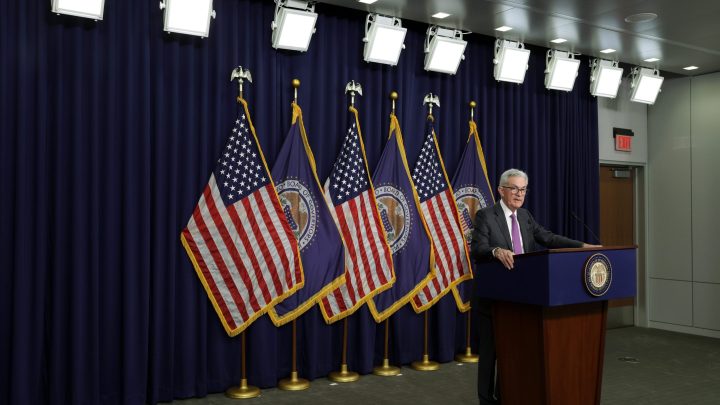
What kind of signal does FOMC unanimity send to markets and others watching the economy?
What kind of signal does FOMC unanimity send to markets and others watching the economy?

At 2 p.m. Eastern today, investors and economists and financial journalists across the world dropped whatever they were doing to look at one document: The just-released minutes of the Federal Open Market Committee’s meeting from last month.
Now, we all already know what happened in that July meeting: Every member of the FOMC voted for raising the federal funds target rate a quarter of a percent. It was a unanimous decision.
So who cares what the minutes have to say, if everyone voted for the same result? Well, dissent at the Fed … that’s a tricky thing.
In his 20 years as a member of the FOMC, Tom Hoenig said he can’t remember an FOMC meeting where anyone shouted or yelled at each other.
But Hoenig, who left in 2011, definitely recalls some awkward meetings when Chair Ben Bernanke wanted the Fed to buy more bonds and mortgage-backed securities
“It appeared anyway that I would be the only person objecting, which … 11 people think one way and you’re thinking a different way, is there something wrong with you? Did you miss something? It was … not fun,” Hoenig said.
Hoenig was the lone dissenting vote and voted against that plan over and over again at future meetings.
He said he’s not surprised that under Jay Powell, the FOMC has not had a single dissenting vote on interest rates since June of last year.
“I think you have to understand that the culture of the FOMC has, over time, I think become more and more driven towards unanimity. And consensus,” Hoenig added.
There’s actually a pretty compelling macroeconomic reason for that, said economist Julie Smith at Lafayette College.
“If there’s more dissent in a policymaking decision by the Fed, that can lead to more volatility in financial markets,” Smith said.
If some members vote for rate hikes and some members vote against it, maybe Wall Street gets a mixed message, which could complicate the Fed’s path to its twin goals of low inflation and full employment.
All of this being said, FOMC members do have real disagreements on where monetary policy should head. Which is why former FOMC Secretary Bill English took such care with preparing the minutes of those meetings.
“The minutes are supposed to be about not just how they arrive at their consensus views, but what was the range of views across the committee,” English said.
Five years after an FOMC meeting, full transcripts are released, so we’ll know just just how much debate there might have been before a unanimous vote.
There’s a lot happening in the world. Through it all, Marketplace is here for you.
You rely on Marketplace to break down the world’s events and tell you how it affects you in a fact-based, approachable way. We rely on your financial support to keep making that possible.
Your donation today powers the independent journalism that you rely on. For just $5/month, you can help sustain Marketplace so we can keep reporting on the things that matter to you.

















